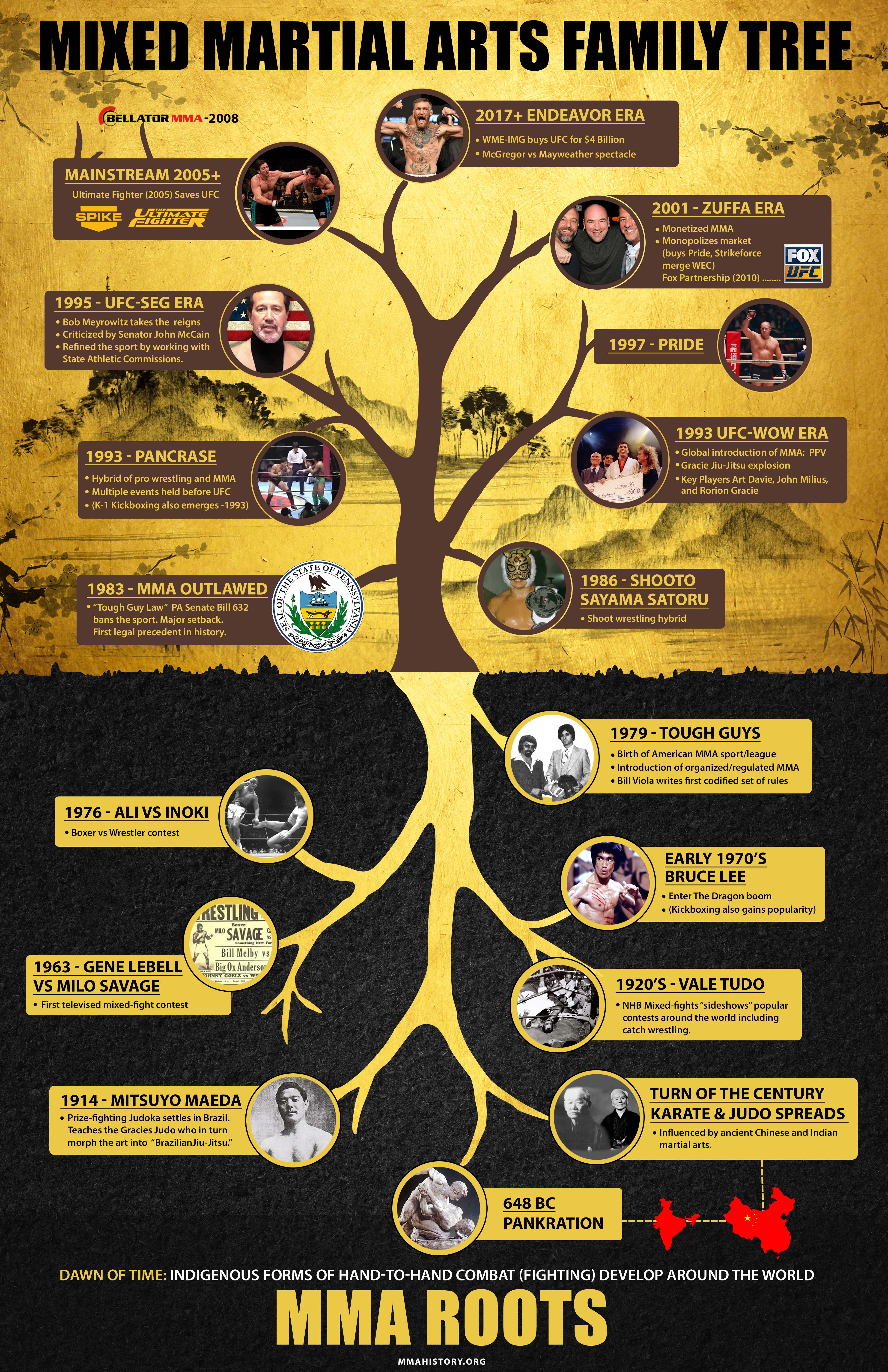A Relative Research Study Of Conventional Martial Arts And Modern Combat Sports: Highlighting The Vital Differences
A Relative Research Study Of Conventional Martial Arts And Modern Combat Sports: Highlighting The Vital Differences
Blog Article
Team Writer-McGinnis Haagensen
When you consider martial arts, do you lean much more towards the conventional methods or the modern fight sporting activities? Each course uses special benefits and experiences, shaped by their approaches and training approaches. please click the following article stress individual development and self-control, while contemporary fight sporting activities concentrate on competition and performance. Understanding these differences can guide you in picking the ideal strategy for your journey. Yet just how do these differences materialize in training and ideology?
The Ideology and History Behind Typical Martial arts
While lots of people link martial arts with physical fight, the ideology and background behind conventional martial arts run much deeper. what type of martial arts is in the karate kid 'll locate that these disciplines emphasize personal development, discipline, and regard.
Stemming from old practices, conventional martial arts were frequently established for Self-Defense and spiritual growth. They personify principles such as balance, consistency, and self-control, guiding professionals beyond simple battling abilities.
As you train, you'll not just discover methods however additionally obtain understandings right into the culture and values that shaped these arts. The rituals and practices, typically given via generations, cultivate a sense of neighborhood and belonging.
The Affordable Nature of Modern Combat Sports
Modern battle sporting activities have actually transformed the landscape of martial arts into an extremely competitive field, where athletes challenge in a test of skill, technique, and endurance.
You'll notice that competitors are commonly organized with rigorous policies and guidelines, guaranteeing fair game and security. These events attract big audiences, sustaining the exhilaration and intensity of competitions.
Athletes educate carefully, not just for physical prowess yet likewise for mental sturdiness, knowing that every information counts in the ring. The adrenaline thrill during competitors is palpable, as boxers push their restrictions to claim victory.
Fans appreciate the athleticism and virtuosity entailed, making modern combat sporting activities a thrilling phenomenon that continues to develop and astound enthusiasts all over the world.
Training Approaches and Strategies: A Relative Evaluation
The competitive atmosphere of modern battle sporting activities needs innovative training approaches that vary substantially from typical martial arts.
In contemporary training, you'll focus on certain methods, sparring, and conditioning, frequently making use of drills that replicate real battle situations. click this link now 'll see a focus on measurable efficiency and constant competition to assess your skills.
In contrast, standard martial arts focus on types, katas, and philosophical teachings, commonly stressing discipline and respect over competitors.
Training is generally less extreme and might include repeated practice as opposed to real-time sparring.
While both strategies construct skill and health and fitness, modern fight sporting activities give an extra dynamic and versatile training environment, preparing you for prompt obstacles in the ring or cage.
Choose the path that aligns with your objectives and interests.
Conclusion
In picking in between conventional martial arts and modern combat sporting activities, it really comes down to what you value most. If you're looking for individual development, discipline, and a sense of neighborhood, traditional arts might be your ideal fit. But if you prosper on competitors and real-time obstacles, contemporary battle sporting activities could be the method to go. Ultimately, both paths offer distinct advantages, so it's all about straightening your training with your personal goals and interests.
